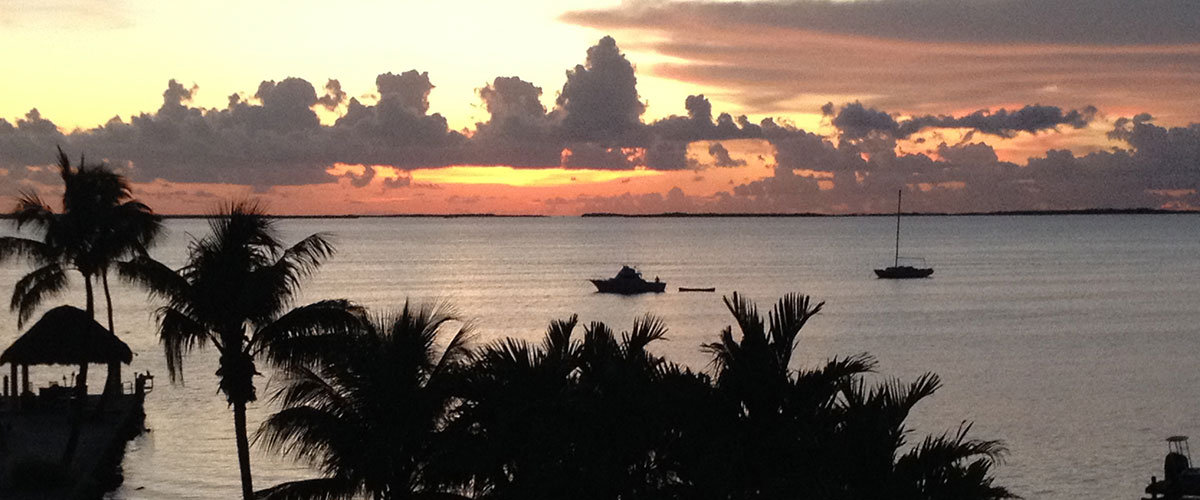Socioeconomic Research & Monitoring Program for Florida Keys - Recreation and Tourism

The most important industry in Monroe County/Florida Keys is the recreation-tourism industry. Recreation-tourism accounts for anywhere between 33% and 75% of the local economy depending on the definition of income (i.e., by place of residence or by place of work). A baseline for recreation-tourism was established in 1995-95 (see Linking the Economy and Environment 1995-96). A 12-year replication was done in 2007-08 (see Linking the Economy and Environment 2007-2008). In 2000-01, a study was done on reef use and economic valuation and is being updated in the 2007-08 study (see Reef Use and Valuation). New artificial reefs have also been introduced: U.S.S. Spiegel Grove) and the U.S.S. Vandenberg . The two artificial reefs sunk in the FKNMS have also been monitored, pre- and post-sinking. This latter effort is designed to test the hypothesis that introducing an artificial reef into a natural reef environment will reduce usage on surrounding natural reefs (see New Artificial Reefs). In 1992 and 2001, socioeconomic studies of the recreational/sport spiny lobster fishery were conducted (see Lobster Survey).
This subtheme is called recreation/tourism because in all of the studies conducted, the distinction is made between residents of Monroe County (Florida Keys) and nonresidents (visitors) to the county.
Linking the Economy and Environment of the Florida Keys/Florida Bay 1995-96
For the Florida Keys/Florida Bay, 1995-96 serves as the baseline year for general recreation/tourist activities, estimates on market and nonmarket economic values associated with these uses, and importance/satisfaction ratings for 25 natural resource attributes, facilities and services. The study called Linking the Economy and Environment of the Florida Keys/Florida Bay 1995-96 provided this baseline data.
This study, due to its breadth, did not include important details for some types of uses. Use in the 1995-96 study can be broken down into detailed activities by type of access and by region of activity. However, specificity as to reef use (artificial or natural) or estimates of use on Sanctuary Preservation Areas and Ecological Reserves (no-take areas) were not possible in 1995-96 (no-take areas were not created and did not go into effect until July 1997). The 2000-2001 study provides baseline measurements for artificial and natural reef use and associated economic measurements, as well as baseline estimates of use for SPAs and ERs. A 12-year replication of this study is partially completed and all results will be posted on this under Linking the Economy and Environment of the Florida Keys/Key West 2007-08.
Linking the Economy and Environment of the Florida Keys/Key West: Selected Comparisons 1995-96 versus 2007-08
Here we selected key measurements of community interest and made comparisons of how things have changed over the 12-year time period. For most measurements, statistical tests were conducted to test for statistically significant changes. Tabular summaries of results are provided with key findings highlighted in bulleted form.
South Florida Reef Study, 2000-2001
This study includes estimates of artificial and natural reef use and associated economic values for four South Florida counties (Palm Beach, Broward, Miami-Dade and Monroe). Chapter 6 of the report Socioeconomic Study of Reefs in Southeast Florida includes information on Monroe County (Florida Keys). Other reports include information specific to the FKNMS gathered in this study, including baseline estimates of SPA and ER use, and a five-year replication of the importance/satisfaction ratings for 25 natural resource attributes, facilities and services. Relevant comparisons with the baseline 1995-96 study are presented. Artificial and natural reef use and valuation is being replicated for Monroe County/Florida Keys in the 10-year replication of the study on recreation-tourism.
Recreational Spiny Lobster Survey
The Florida Marine Research Institute (FMRI) has conducted a recreational lobster survey for the past 10 years. The survey is used to estimate the annual recreational harvest of spiny lobsters. In 1992, the survey included a socioeconomic section with questions designed to estimate the market and nonmarket economic value of recreational spiny lobster fishing. In 2001, the socioeconomic survey was replicated.
New Artificial Reefs
In 2001, NOAA established a monitoring program for the new artificial reef. The USS Spiegel Grove, which is to be sunk off of Key Largo, Florida in the spring of 2003. NOAA hired Marine Habitats, Inc. to collect 10 months of pre-sinking and one year of post-sinking monitoring data of the artificial and natural reefs surrounding the new artificial reef site. The data collection and analysis are designed to test the hypothesis that introduction of a new artificial reef in a natural reef environment will reduce pressure (use) on the surrounding natural reefs.
In 2001, NOAA and the Florida Fish and Wildlife Conservation Commission (FWC) set up a monitoring program for the USS Vandenberg, which was to be sunk off Key West, Florida. The monitoring program used to the same design as was used for the USS Spiegel Grove, except pre- and post-deployment data collection periods were extended to full 12-month periods. The USS Vandenberg was sunk off Key West in May 2009.

